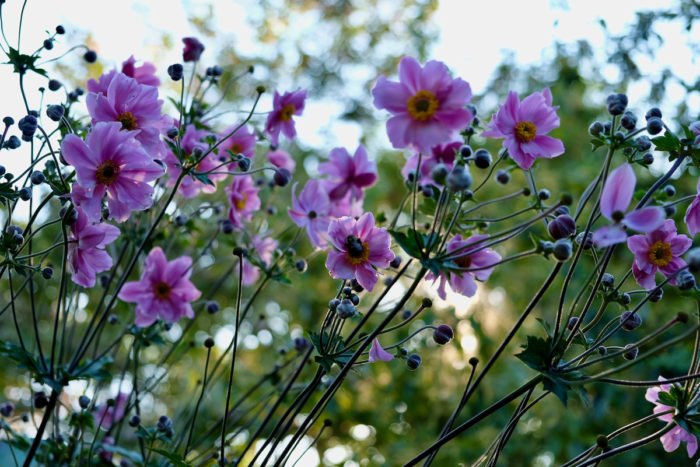
September is a game changer. Don’t believe the propaganda; school might be back in session, but summer isn’t over yet. In fact, it’s better than ever. The humidity abates in September, the sky lifts, and morning and afternoon light becomes golden. Conditions are ideal for enjoying the garden’s show.
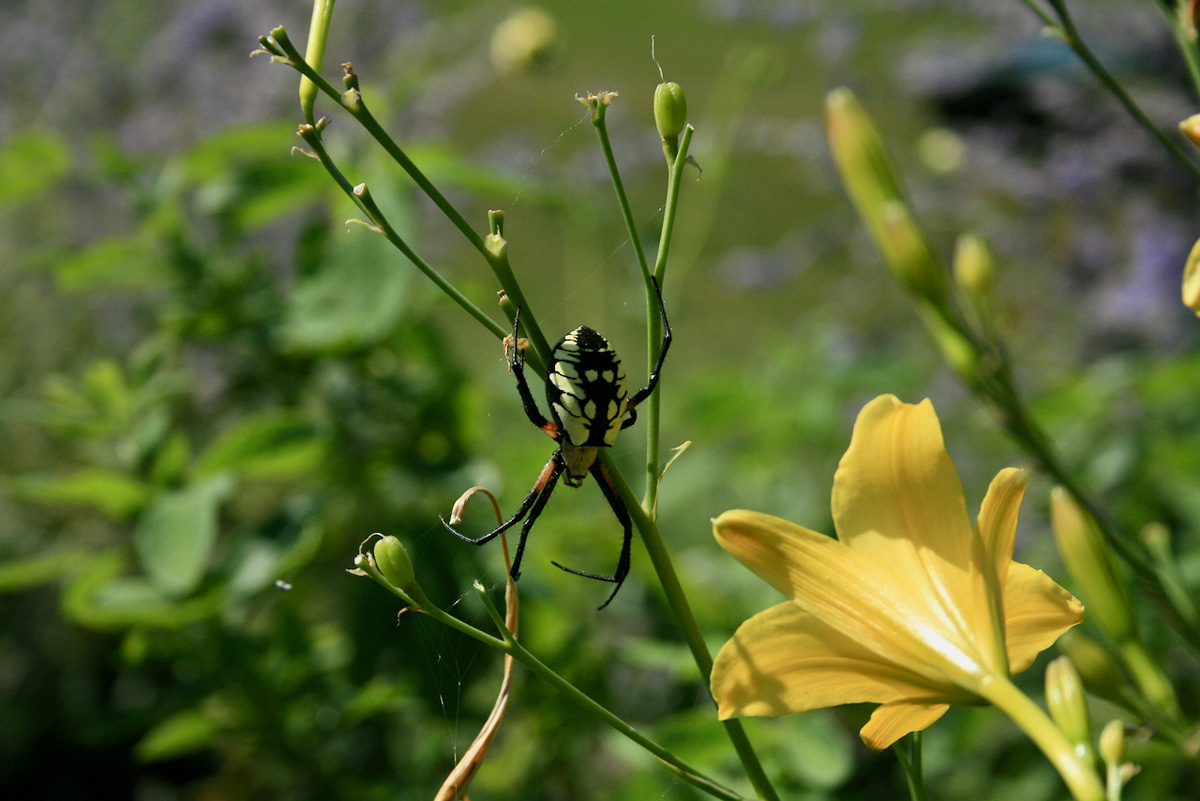
Garden in harmony with wildlife this fall. Pollinators, insects, spiders, and birds are especially active now, tanking up for winter and producing their next generations. Observe and get to know your garden’s population by name. Take pictures, research identifications and life cycles, and commit to providing a safe haven for wildlife by refusing to use pesticides and other toxic chemicals and by turning off the leaf blower. Keep the hummingbird feeder filled for travelers from the north. Learn more about gardening for the benefit of birds and pollinators here and here.
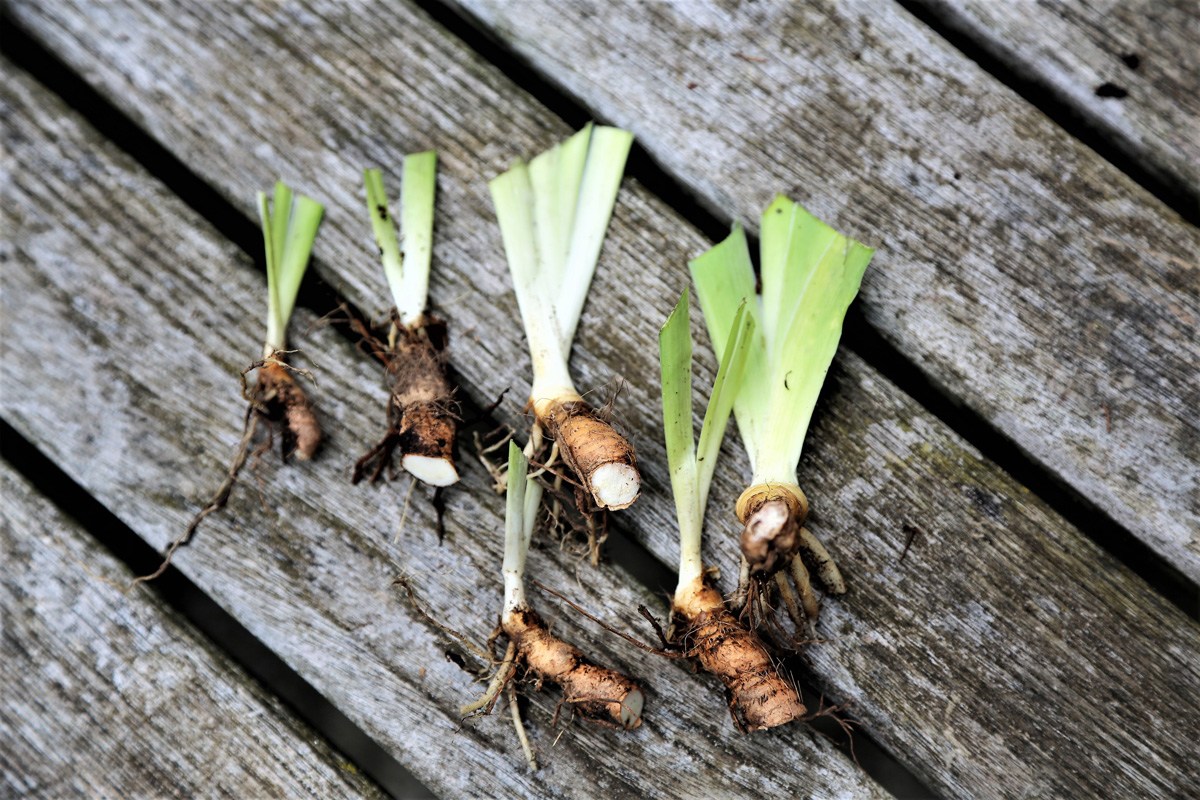
Start tackling your divide-and-transplant list. Fall is the best time to divide spring and early summer bloomers such as bearded, Siberian, and Japanese irises (Iris spp. and cvs., Zones 3–9). Irises want dividing every three to four years as clumps expand and older rhizomes die off. Gently lift bearded iris clusters and inspect rhizomes for signs of rot, breakage, and borer damage. Trim foliage back to about 4 inches, and replant whole and healthy keepers, barely covering the rhizomes. Siberian and Japanese iris clumps may be pried into halves or quarters using two digging forks back to back. Trim foliage to 4 to 6 inches. Learn more about dividing both bearded and beardless irises here.
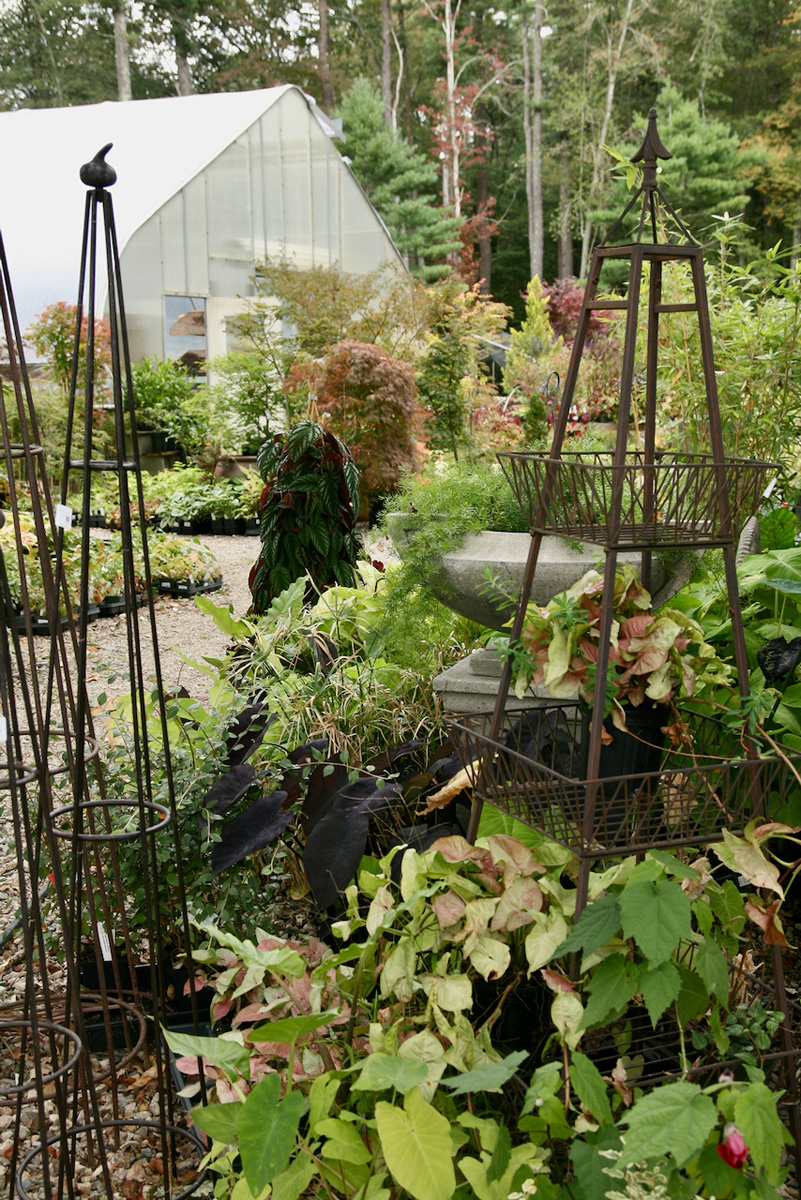
Plant new additions. If your garden still has gaps after dividing and transplanting, shop local nurseries’ sales on unsold stock. It’s not too late to add annuals and tender perennials that will extend your garden’s show right up until frost. Allow for impulse shopping. You’ll learn something new with each acquisition. If plants are pot bound, gently loosen winding roots, trim top growth, deadhead, and water in well. They will take off quickly when released from confinement.
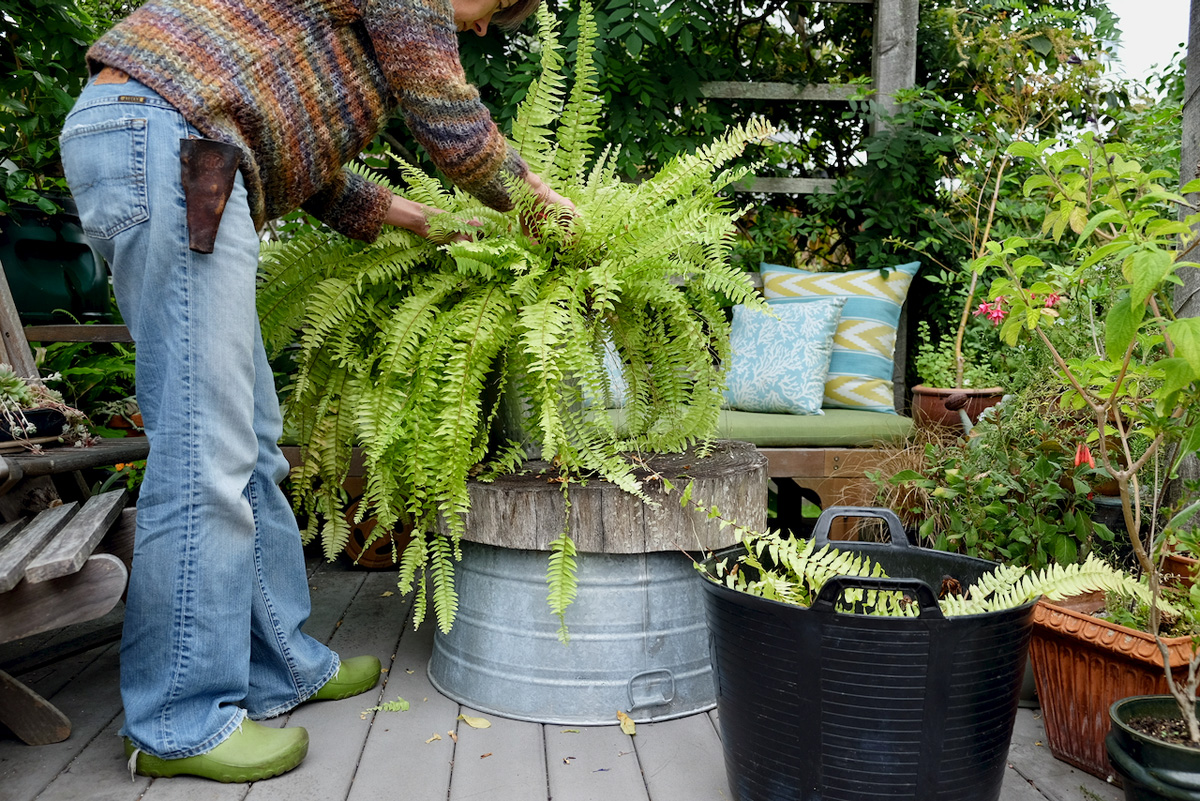
Start bringing your houseplants back inside. After being outside all summer, they’ll want time to acclimate to the less humid conditions indoors before you close all the windows and turn on the heat. Check containers and foliage for hitchhiking insects, and gently relocate them back into the garden. Repot plants that have overgrown their confines, and trim old foliage. Even if you situate your plants in the brightest windows, light levels will be much lower than outdoors, and growth will slow for the winter, so hold off on fertilizing from now until late February or March.
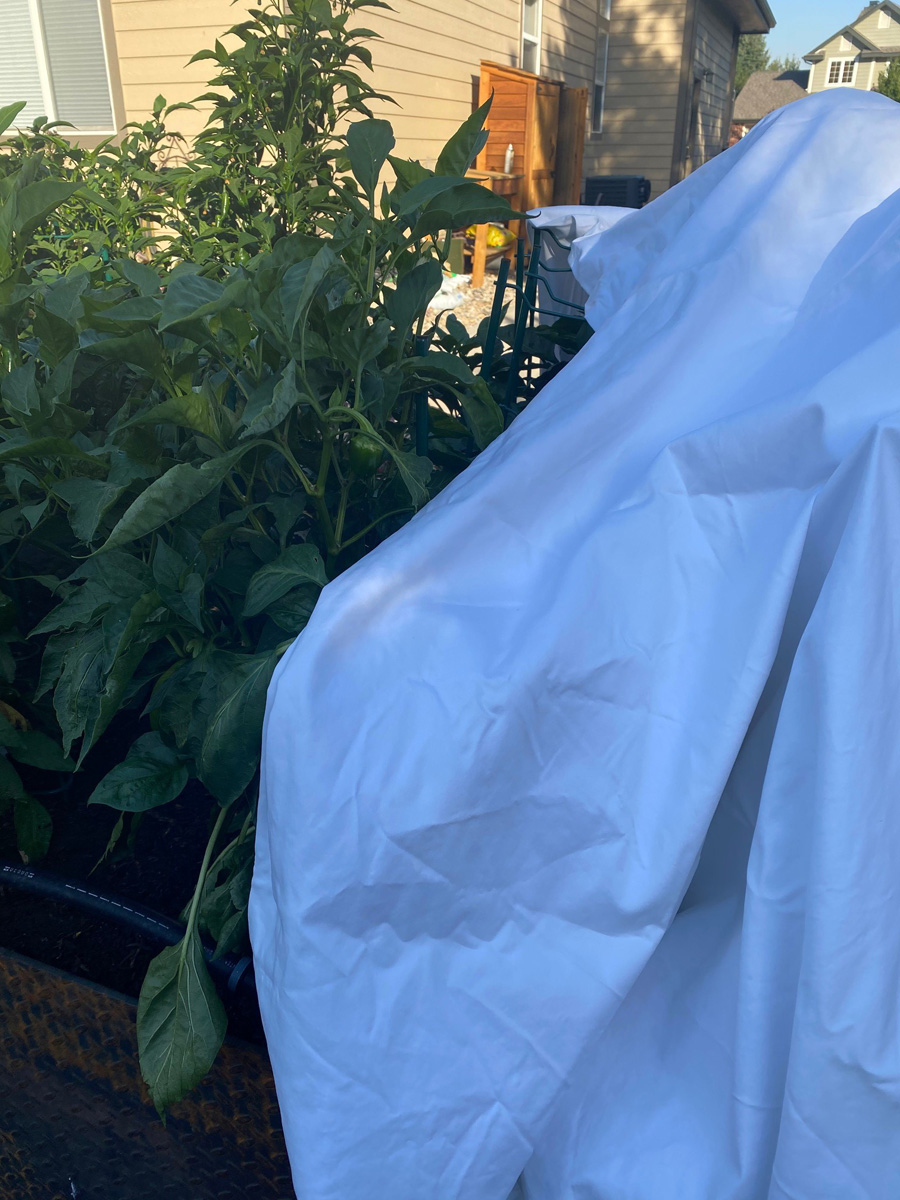
Keep an eye on the forecast. Don’t let a random cold night spoil the show. Depending on your zone and average first frost date, you could be treated to weeks of warmer weather between temperature dips. Whenever the forecast looks iffy, cover frost-tender plants with old bedsheets or Reemay. Remove covers as the sun climbs the next morning.
Be sure to tour the garden on those crisp apple days with an eye out for activity and a notebook for observations and ideas. Make the most of the best last weeks of summer.
—Kristin Green is the author of Plantiful: Start Small, Grow Big With 150 Plants That Spread, Self-Sow, and Overwinter. She gardens in Bristol, Rhode Island.


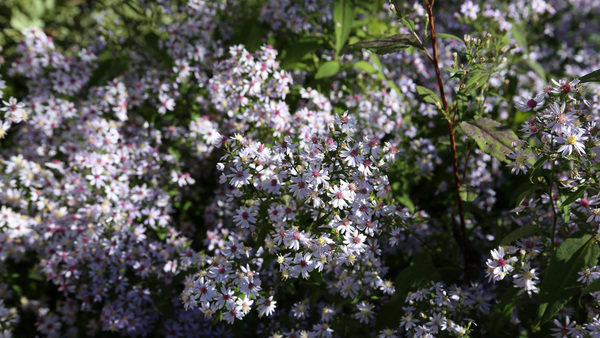















Comments
Log in or create an account to post a comment.
Sign up Log in